(NLDO) - Planet LHS-1140b looks like it came out of a horror movie but could harbor life right in its blue "pupils".
A new study led by astrophysicist Charles Cadieux of the University of Montreal (Canada) shows that a strange planet called LHS-1140b, just 50 light-years away from us, could have life.
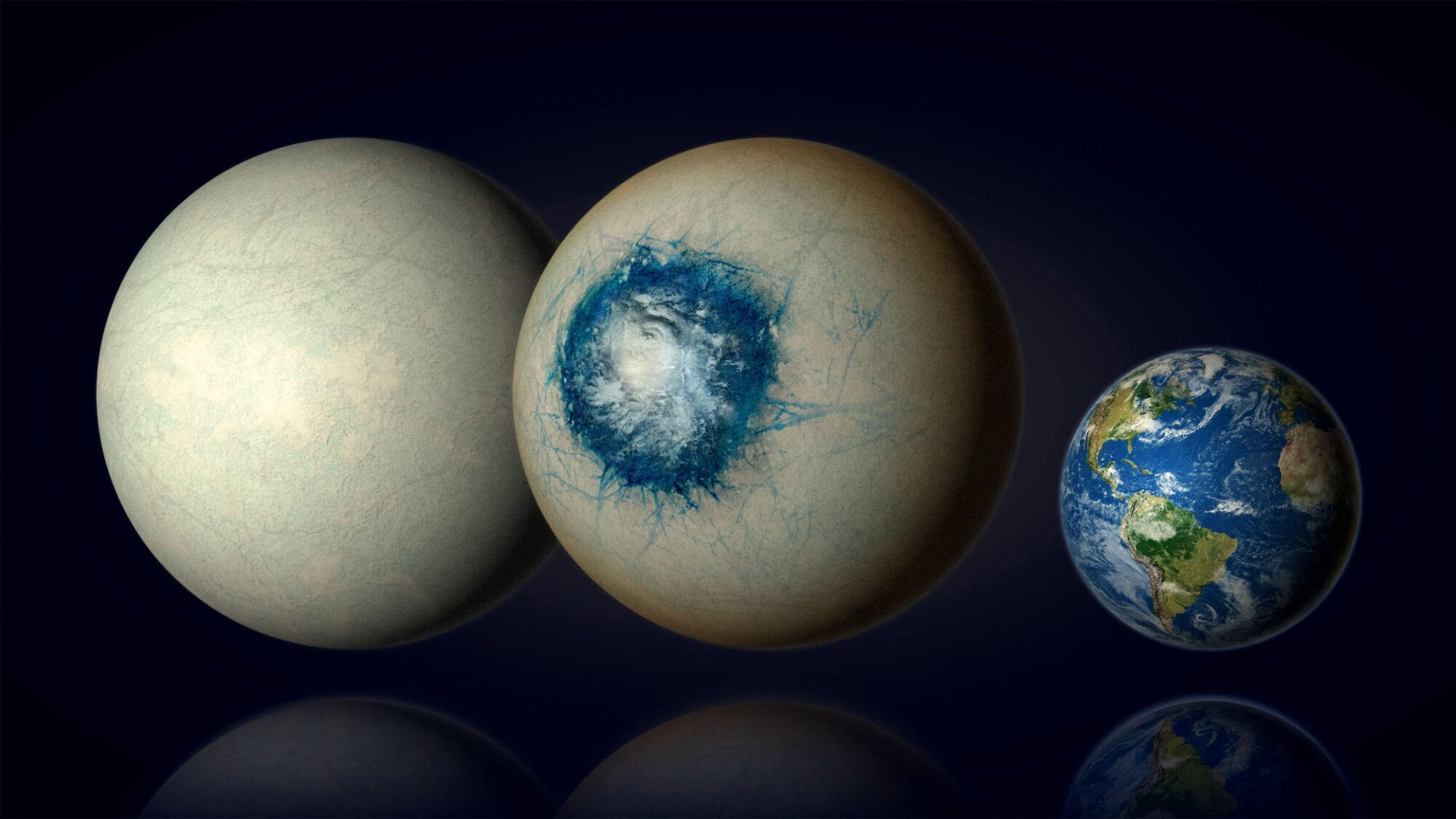
The two sides of the "eyeball planet" LHS-1140b and Earth are placed side by side to compare sizes - Photo: UNIVERSITY OF MONTREAL
According to Science Alert, LHS-1140b shows signs of a super-cold "eyeball planet", with most of its surface covered in white ice, except for a "pupil" 4,000 km in diameter.
Though creepy, it is a temperate planet.
"Of all the temperate exoplanets currently known, LHS-1140b may be the best choice for us to one day confirm liquid water on the surface," Dr. Cadieux affirmed.
LHS-1140b, whose discovery was announced just a few years ago, has a radius of about 1.73 times that of Earth and 5.6 times the mass of Earth and is an "ocean planet," meaning it has a global ocean.
It is much closer to its parent star than the Earth-Sun distance, taking only 25 days to complete one orbit around its parent star.
But the planet's parent star, LHS-1140, is a dim, cool red dwarf, which means it radiates much less heat than the Sun.
So, despite being in the "habitable zone" of its parent star, the planet is still covered by a layer of ice, surrounding a global ocean.
There's a lucky break: It orbits so close that it's locked to its parent star - meaning the same face always points toward it.
As a result, in the middle of the planet's dayside there is a region that receives enough heat to keep the ocean from being covered by ice, with a surface temperature of about 20 degrees Celsius.
Using the power of the James Webb Space Telescope, the team also detected a lot of nitrogen in the planet's atmosphere.
The presence of nitrogen suggests a secondary atmosphere, one that formed after the exoplanet formed, rather than along with it.
All of these factors make the "blue pupil" in the middle of this icy sphere well-suited for a thriving ecosystem.
All that remains is to wait for more powerful observing facilities in the future, which could help scientists find direct evidence of life on potential exoplanets like LHS-1140b.
Source: https://nld.com.vn/hanh-tinh-quai-di-nhan-cau-bang-co-the-co-su-song-19624071008591754.htm




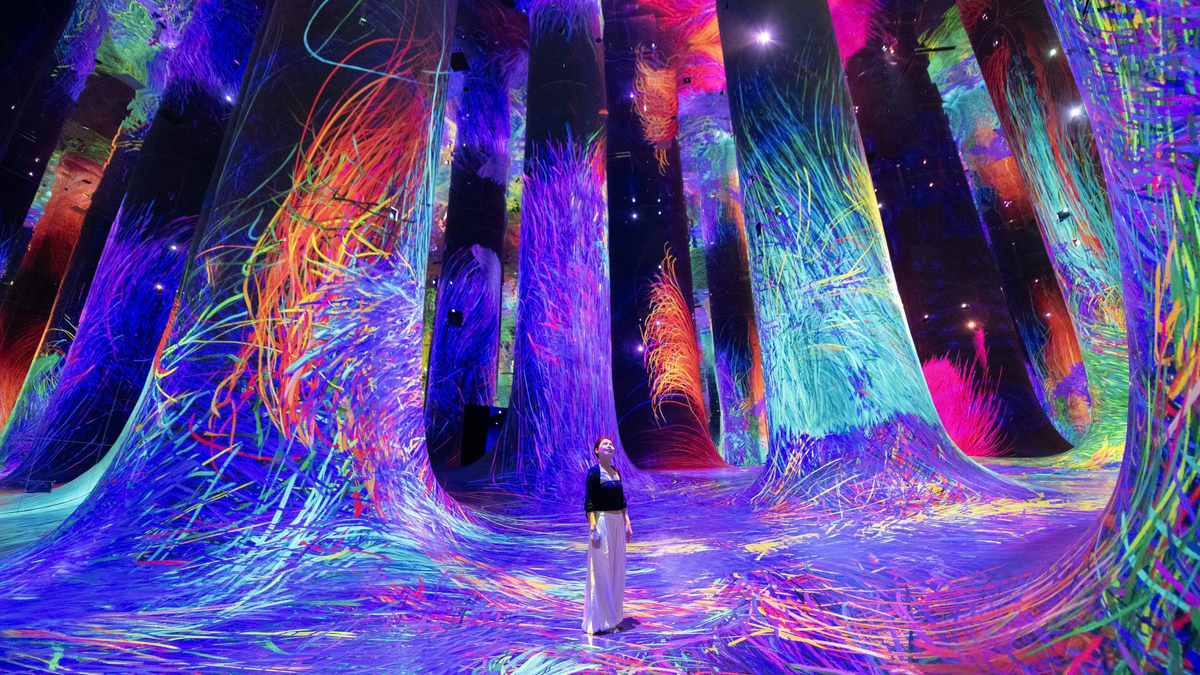
![[Photo] General Secretary To Lam and National Assembly Chairman Tran Thanh Man attend the 80th Anniversary of the Traditional Day of the Vietnamese Inspection Sector](https://vphoto.vietnam.vn/thumb/1200x675/vietnam/resource/IMAGE/2025/11/17/1763356362984_a2-bnd-7940-3561-jpg.webp)

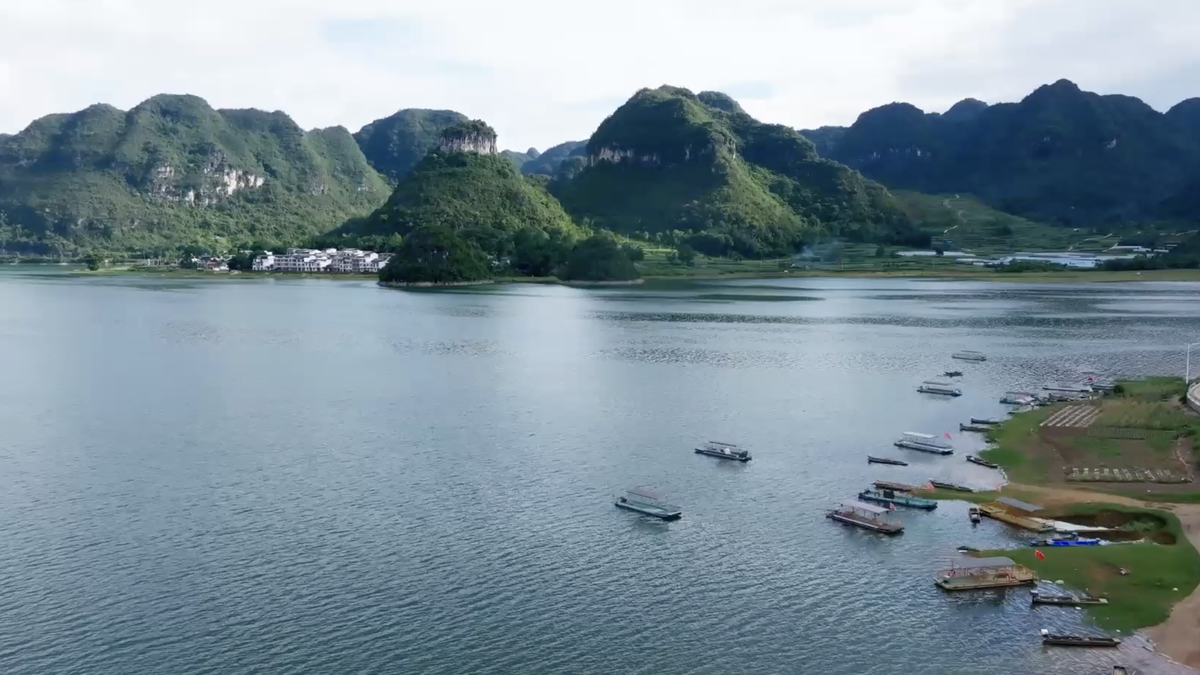
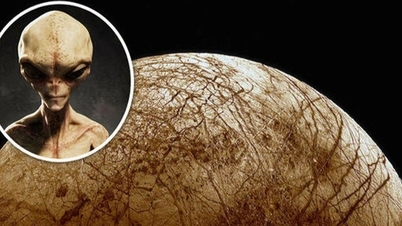

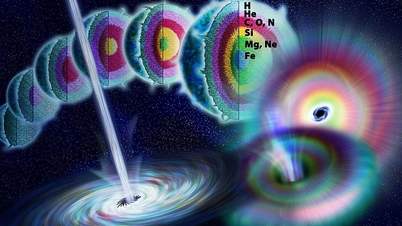




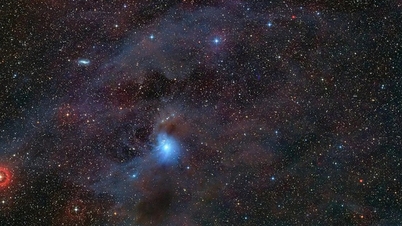








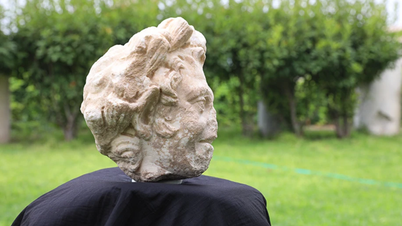

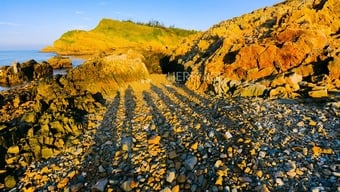

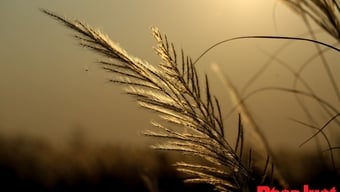







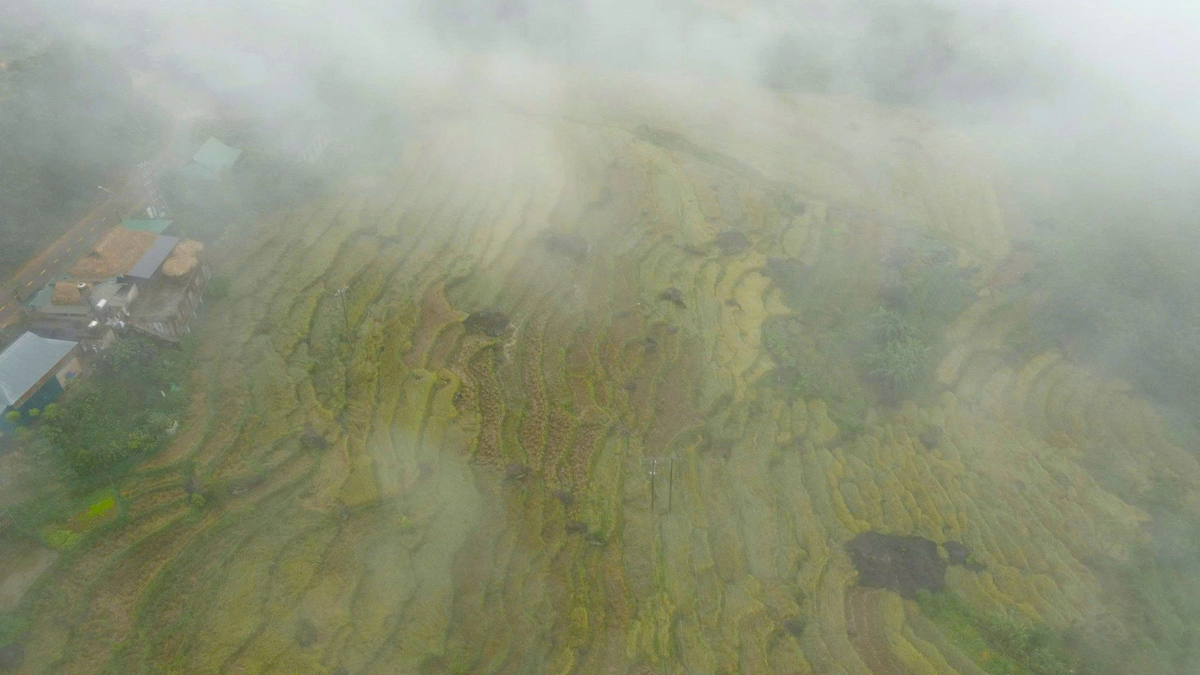

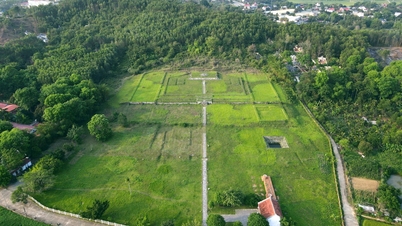







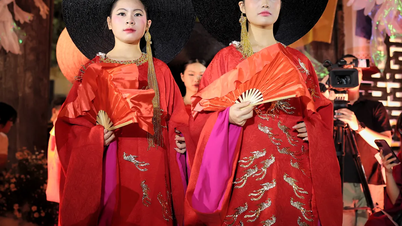

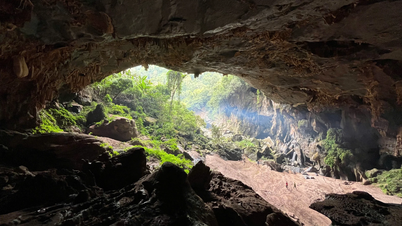












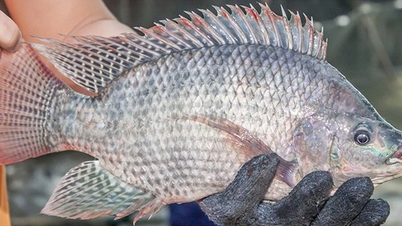









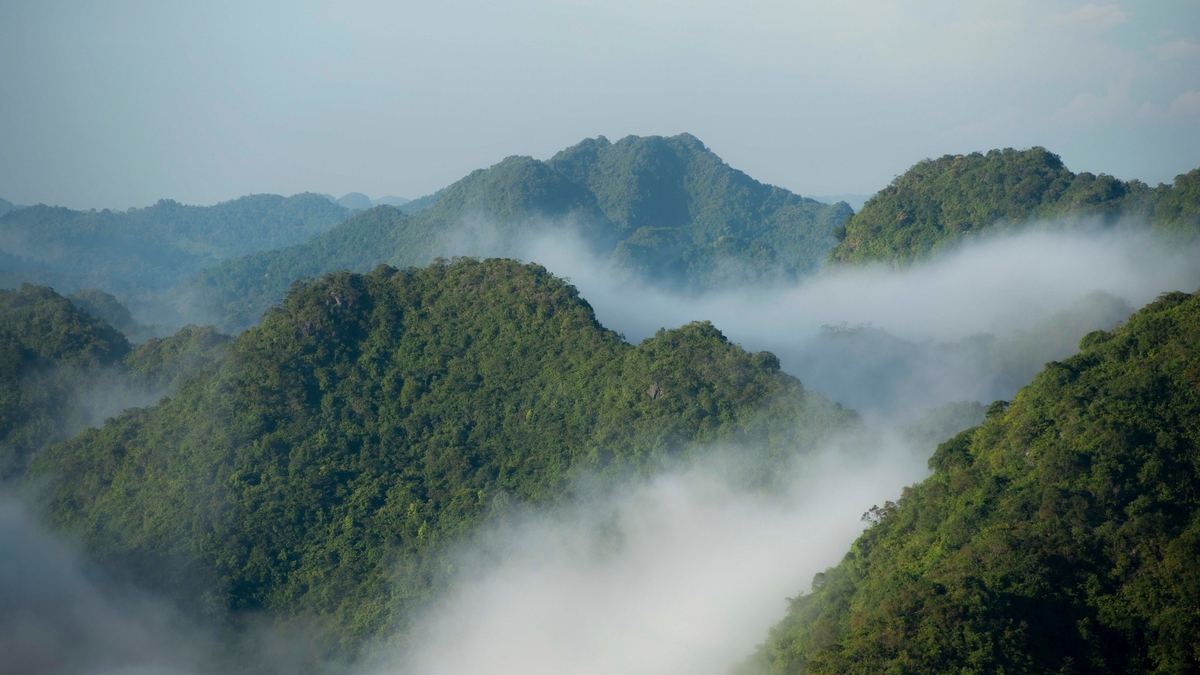







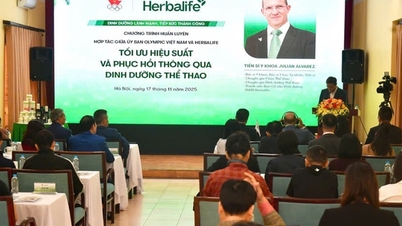




















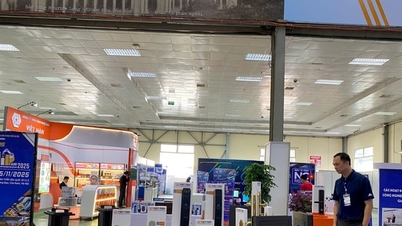










Comment (0)